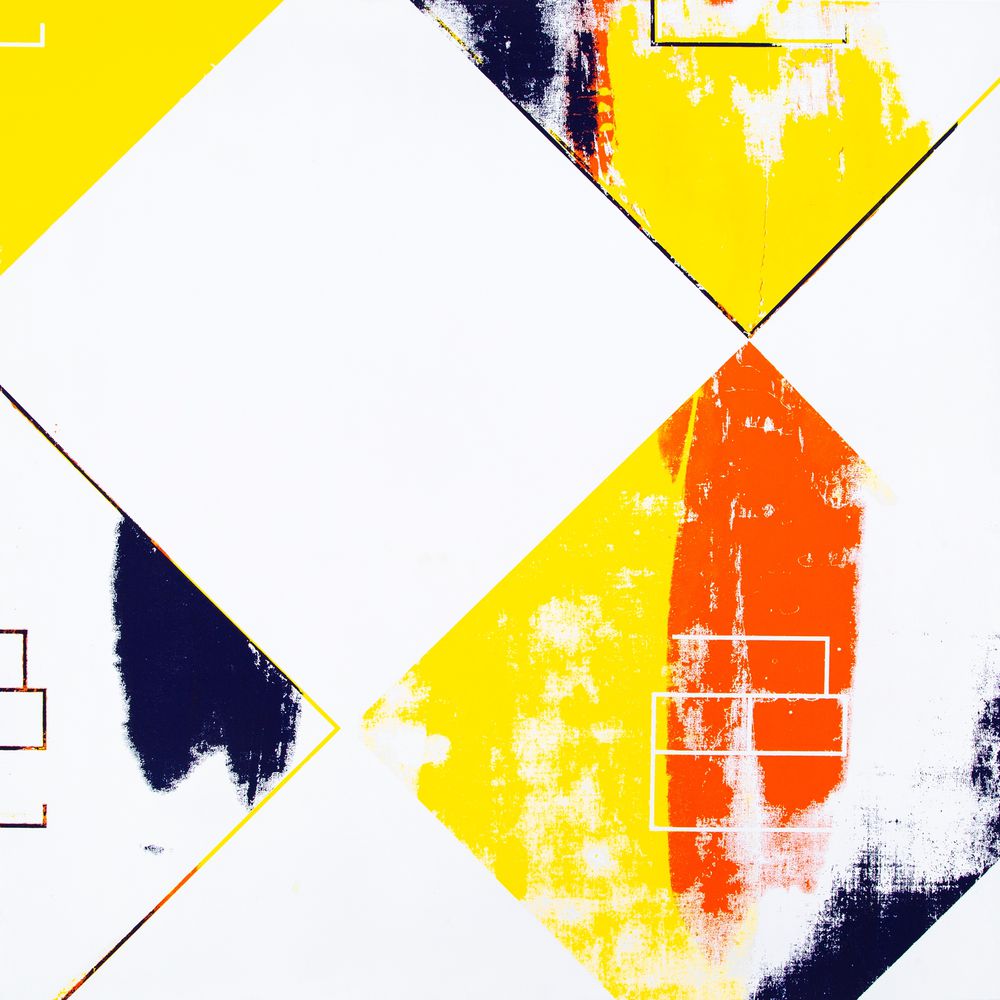色
Description
“Shiki” is a series that uses kanji to express the values and mentality of Eastern cultures.
Kanji originated from China and developed within East Asia, becoming an element that enriched the visual senses of every culture it touched. Kanji developed from hieroglyphs and is not only something that helps us to find the words within us, but also something that works as a shared image, allowing us to feel what the character is trying to convey just by looking at its shape. Thus, kanji can also be considered the origin of Eastern mentality. Kanji has now become a root icon of Eastern culture in our everyday lives.
“Shiki” is a Buddhist term that encompasses form(形), color(色), beauty (美しさ), appearance (外観), and phenomenon (現象). The concept of “shiki” is shared among the countries that have been influenced by Buddhism. In the teachings of pre-sectarian Buddhism, all things-humans, animals, plants, and even inanimate objects, have a hierarchy. All things have equivalent value, and everything is intertwined and connected by their relationships with each other.
“Shiki” as a series depicts the world of pre-sectarian Buddhism through a combination of societal themes such as life, death, religion, ethnicity, and gender; and cultural contexts such as music, pop culture, and fashion.
「色」は漢字を通じて東洋の価値観、精神性を表現するシリーズだ。
漢字は中国を起源に東アジアの国々で独自の発展を遂げ、それぞれの文化を彩る視覚エレメントだ。象形文字から発展した漢字は、私たちの中で文字を追うのではなく、形を見るとその文字が伝えようとしていることを感じ取ることができる共通のイメージで、漢字は東洋の精神性の帰着点ともいえる。現在の日常生活で溶け込む東洋文化の根源的なアイコンだ。 「色」とは、形(form)、色(color)、美しさ(beauty)、外観(appearance)、現象(phenomenon)を示す仏教用語であり、この概念はアジアの仏教の影響を受けている各国で広く共有されている。原始仏教の考えでは人間や動物、植物、また生命のない物質まで、あらゆる存在にヒエラルキーはないと考える。全てのモノ・コトは平等に価値があり、同時に全てのモノ・コトは関係を持っているという哲学的な側面を持つ。 「色」のシリーズは、死・生・宗教・民族・ジェンダーなどの社会的テーマと音楽、ポップカルチャー、ファッションなどの文化的コンテクストと掛け合わせ原始仏教の世界観を表現する。



